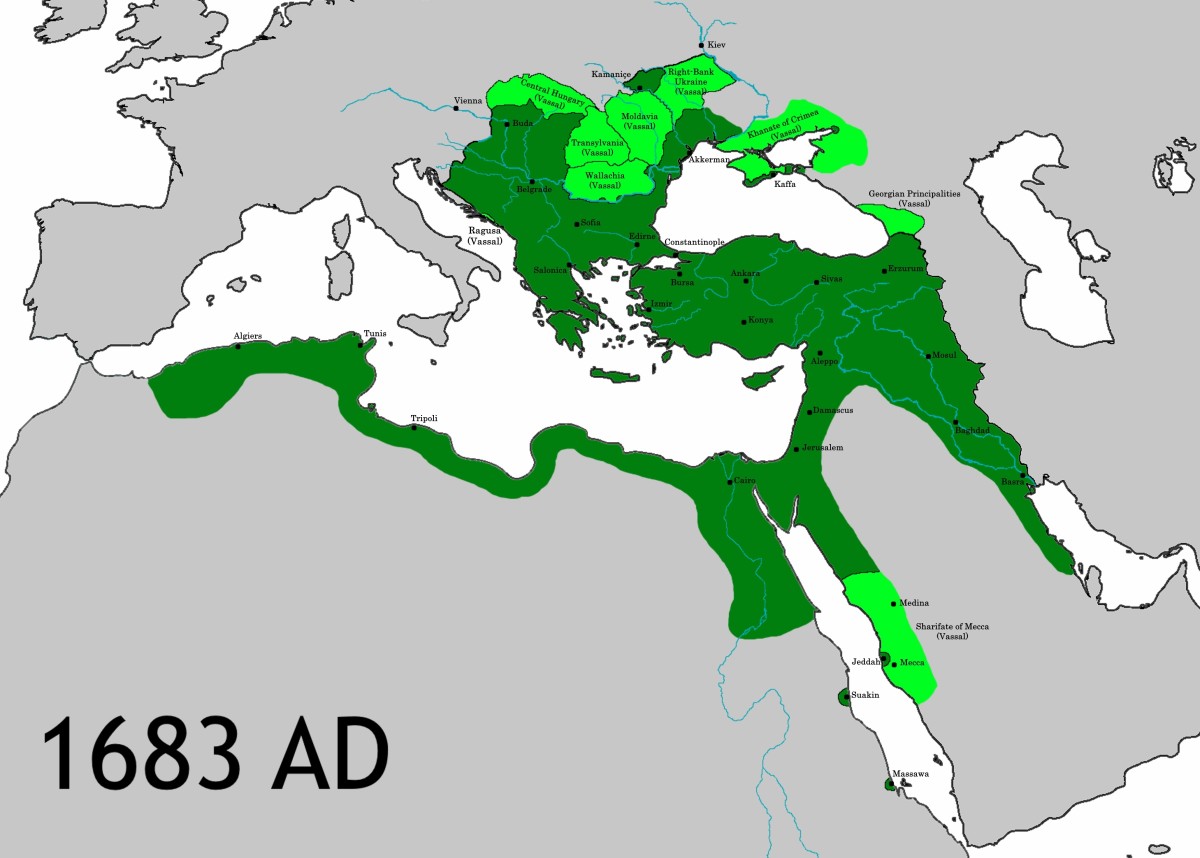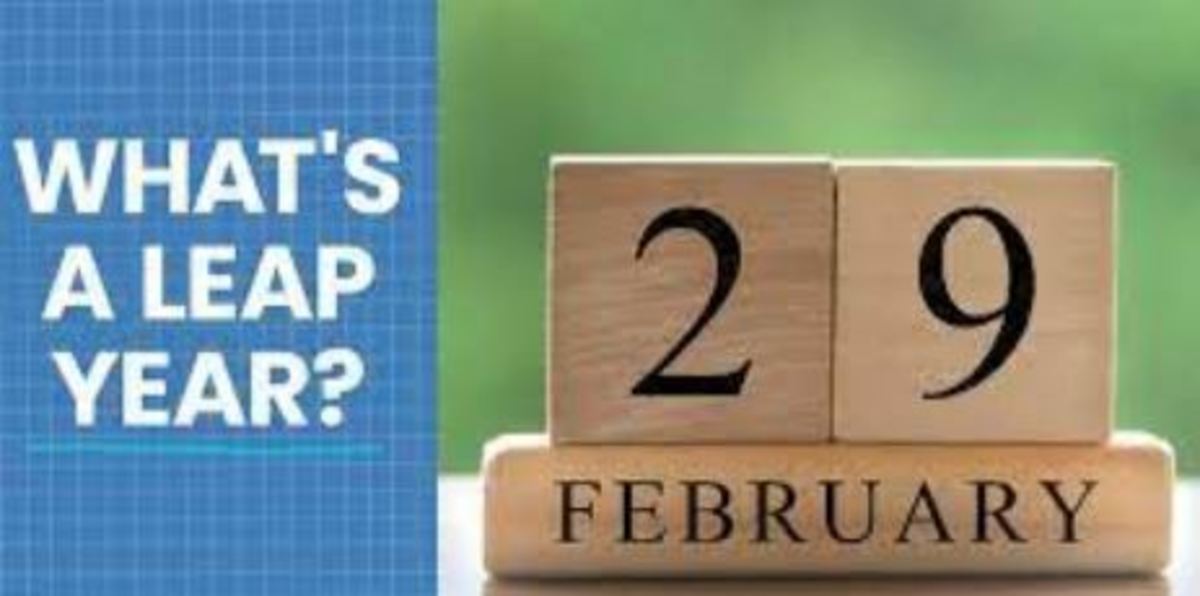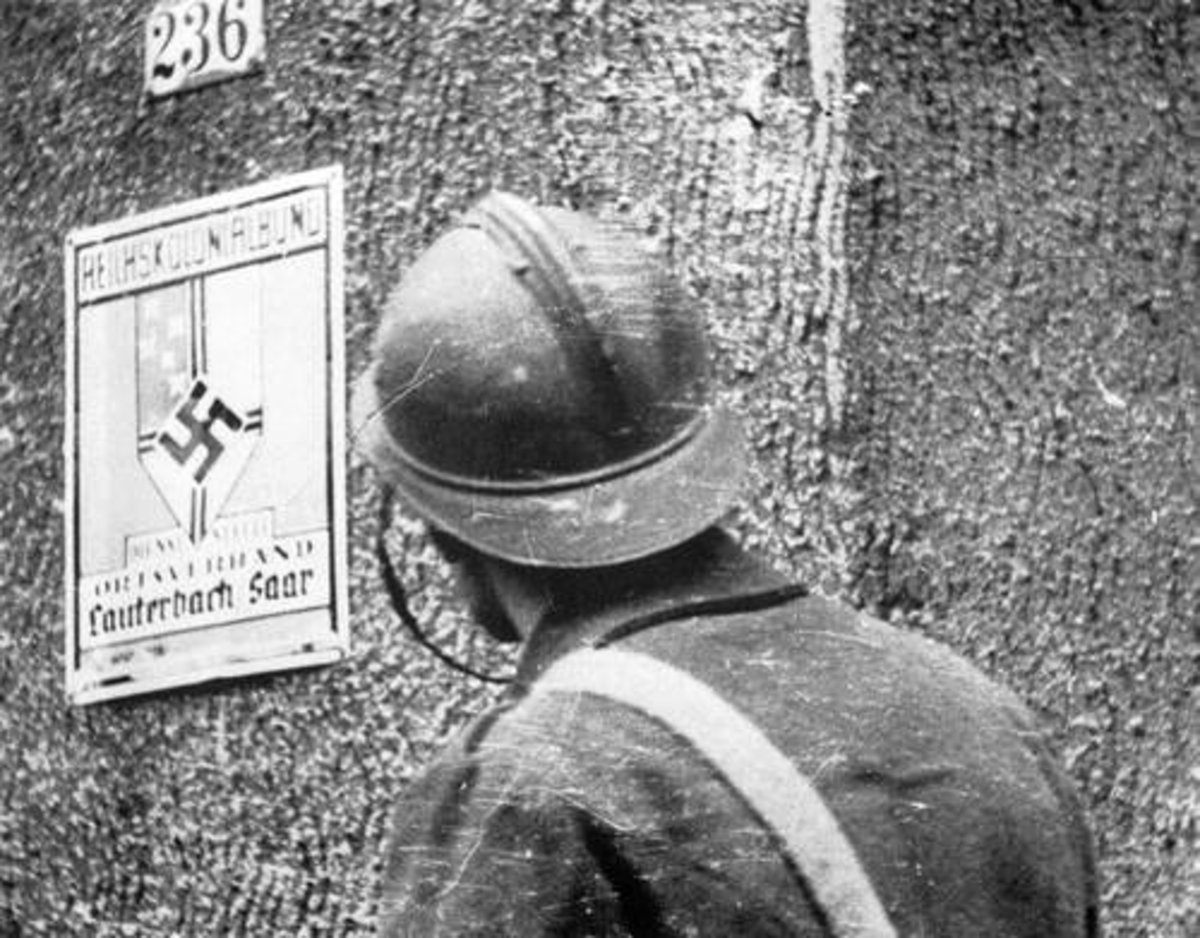10 Fascinating Facts about Poland
1. Constitution
On the day May 3 of 1791, the world’s second oldest nationally accepted constitution (after the U.S. Constitution, which, of course, no one has heard of), was ratified. As voiced by the prominent British historian Norman Davies, it is seen as the first constitution of its type in Europe. In the 17th and 18th century, Poland saw numerous wars fighting against the Swedes, the Crimean Khanate, the Tsardom of Russia, the Ottoman Empire, and even its own Szlachta or nobility. This period of turmoil and internal strife called upon the need for direct reform. The government of Poland gathered at the Great Sejm to draft and create reforms and produced a single constitutional document that would improve and realign the voice of the Polish people. Under the new Constitution, the Polish had a newly fostered sense of identity and drive, but it was already too late for the change to permeate. Poland was partitioned less than a decade later and thus ceased to exist as a sovereign state.
2. Winged Hussars
One of the most feared and dashing cavalry units in history were the Polish Winged Hussars. In military power, these units were the strongest on the European continent from the late 16th century to the late 17th century. They were known for their ostrich feathers that stretched from their backs to above their heads and routing enemy forces with odds you would only believe possible in a strategy game! In 1605, just 2500 Polish Winged Hussars were able to defeat 11000 Swedish pikemen! Aren’t pikemen supposed to be specialized in defense against mounted cavalry units? Well, the winged hussars simply out-piked the pikemen! Each rider was armed with a 20-foot lance, a couple feet longer than the average pike used by European infantry. Along with the already frightening lance, the hussars carried two swords (one of which was an astounding 5 feet in length), pistols and had steel armor. This made them the equivalent of tanks in the Late Middle Ages.
Winged Hussars
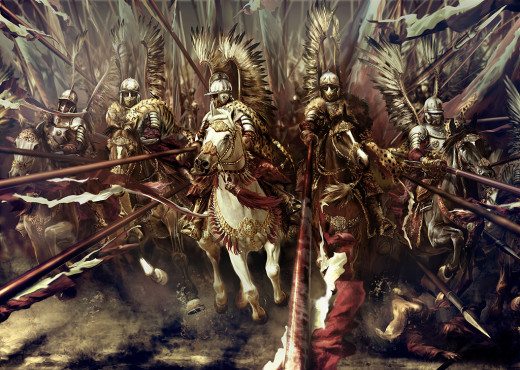
3. Swedish Deluge
The little-known mid-17th-century mass-scale invasion by the Swedes, called the Deluge, broke apart the strong Polish-Lithuanian Commonwealth and removed it as a great power in Europe. The main reason behind the invasion was the Swedish need to pay their troops and mercenaries after military service in the Thirty Years War. There is no better way to pay troops than to invade and pillage a rich neighbor state, which happened to be Poland. During the war, the nation lost approximately one-third of its population with an estimated 4 million dead. This short five-year conflict ranks in the top 15 bloodiest wars in world history. And with death also came massive destruction and pillaging. What is little known is the fact that the destruction of Poland was more extensive than the Poland’s destruction in World War II! Swedish invaders destroyed an approximate 188 cities and towns, 81 castles, and 136 churches. All the gold and riches that were stolen during the Swedish Deluge are still in Swedish museums and private collections valued at about $1.3 Billion USD with no plans of return to Poland.
4. Fight against Communism Twice! – Lech Walesa & Battle of Warsaw
Poland regained its title as a country at the close of WWI thanks to one of the provisions under United States President Woodrow Wilson’s Fourteen Points. After the partitions of its territory by Russia, Prussia, and Austria in 1795, Poland was wiped off the map of Europe for exactly 123 years, until 1918. As is seen through the country’s history, for centuries Poland has been pitted against the advances of the Russians trying to expand their sphere of influence to the west of the European continent. With the rise of Communism, this became an even greater fear. In 1920, after only two years of independence, Poland faced the Russian invaders again. At the Battle of Warsaw, in the midst of the Polish-Soviet War, Poland crippled Lenin’s Red Army, halting a massive force that had the goal of introducing communist spirit in industrialized Germany to the west. Polish forces lost about a third of their 100,000 soldiers while the Russians had over a 1/4th of casualties with the remainder ending up captured and taken prisoner. The second great victory of Poland over Communism was accomplished with the help of the famous Solidarity movement and its leader Lech Walesa against the Communist Party, which controlled the Polish government through a Russian sphere of influence. Walesa’s leadership of the labor union brought over a third of all workers in the nation under a non-Communist organization. This was the first mass-scale stand against the grasp of Soviet Russia over Eastern Europe. This rise initiated the social destruction and finally the collapse of Communism in Eastern European states in 1991.
Lech Walesa - Legendary 1989 Speech in U.S. Congress
5. Largest Country in Europe
Today, the country of Poland in geographical area is a tiny portion of what it was before its partitions in the 18th century and the effects of two World Wars. After the 1618 Truce of Deulino, Poland covered the landmasses of today’s Poland, Ukraine, Belarus, Lithuania, parts of Russia, Latvia, and Estonia. At 1 million km2 Poland was the biggest country in Europe during the 17th century and kept this title for over 100 years. In addition with its population of almost 11 million at the time, the nation ranked in the top five most populous countries in Europe.
Treaty of Deulino

6. Kerosene and Oil Refining
Jan Josef Ignacy Lukasiewicz, as an inventor, had a very impressive portfolio of important inventions. He discovered how to distill kerosene from seep oil, which is naturally found in reserves on the surface of the ground. His new means of producing kerosene began its rise to prominence and use in Europe and started the shift away from the common, but inefficient whale oil. With the start of the use of kerosene, he developed an improved lamp that worked better with the new oil. On July 31st, 1853 he donated his newly designed kerosene lamps to an emergency surgery unit in a local hospital and this date is accredited as the starting point in the modern oil industry. In 1854, Lukasiewicz opened the world’s first oil “mine” and also dug the world’s first oil well. He became Europe’s strongest proponent for the large-scale use of oil and led to its use in street lamps and engineering feats.
7. First Boomerangs
What was once thought to be only used by the Aboriginal Australians is now recognized to first be used by inhabitants in Europe. A boomerang crafted from a mammoth’s tusk was found in a cave in the Carpathian Mountains in Poland and outdates Australian counterparts by over 20,000 years. The oldest Aboriginal discoveries are dated to be about 10,000 years old, while AMS dating in the newly discovered Polish boomerang dates it at around 30,000 years old. The boomerang itself is the first man-made object to theoretically “fly” and return to a thrower.
Jaskina Oblazowa in the Carpathian Mountains
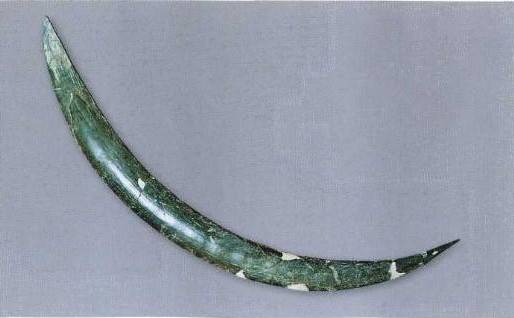
8. Bagels
What is this doing on the list? When a person thinks of a bagel, the two words that come to mind are: Jewish and NYC. What is little known is that in reality the bagel was invented in Krakow, Poland long before the 16th century. There have been stories that it was created in the shape of a stirrup to commemorate the Polish victory over the Ottomans at the Battle of Vienna in 1683, but the bagel had already existed in Jewish communities throughout Poland for almost 200 years. However, it is true that it was invented in a Jewish community, but in the capital of Poland at the time and not in the metropolis of New York City. The name itself, bagel, is derived from the Yiddish word “beygal” from a German dialect, which means “ring” or “bracelet.” This staple bread product was brought over to the United States in the late 19th century, after finding its way to London during the mid-1800s.
9. First to Break the Enigma
Given the release of The Imitation Game, Alan Turing, the famous English Mathematician that cracked the 5-rotor enigma, has risen to even more fame and renown. Whenever we hear the word enigma, Turing is always the name that comes to mind. In reality, the Polish mathematician Marian Rejewski was the first who cracked the enigma in 1932. The technique he devised was called the cryptologic bomb and used a sheet method to reconstruct daily keys. A few months before the outbreak of WWII, a conference was held in Warsaw briefing the English and French on the developments in Enigma cryptanalysis and the current cracking technology. Once, the war began the majority of Polish cryptoanalysts escaped Poland and found their way to PC Bruno (the French equivalent of Bletchley Park). At first, Alan Turing actually helped the Polish team at PC Bruno by creating the complete set of 60 sheets needed for the cryptologic bombs, which allowed the first break of wartime Enigma messages. After collapse of France, all major research and developments in Bletchley Park that later cracked the more advanced WWII German Navy enigma relied on the research of Rejewski and his Polish team.
Four Rotor Nazi Enigma Machine
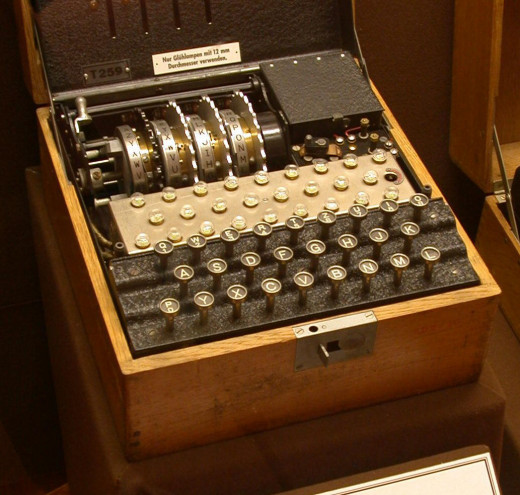
10. Battle of Grunwald (Tannenburg)
The Battle of Grunwald was a historic battle fought between the Polish-Lithuanian Commonwealth and the Teutonic Knights on July 15th in 1410. This single clash changed the balance of power in Eastern Europe and started Polish domination as the political and military power in the region. Even through losses, the Teutonic Order maintained most of their territory after the war with Poland. However, because of their numerous defeats in battle, the Order never regained its prominence nor renown as a powerful military force. The casualties of the battle were in truth higher for the Polish-Lithuanians and their allies, but about 14,000 Teutonic Knights were taken captive and 80% of the entire Teutonic leadership, including both the Grand Master and Grand Marshal, were killed in the Battle of Grunwald crippling the Order forever.


